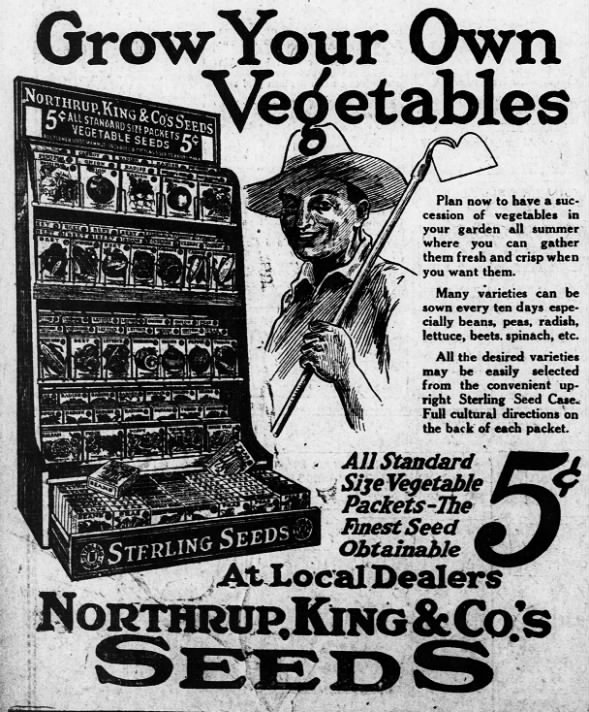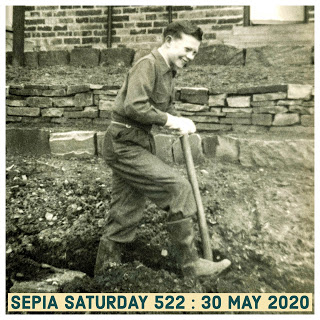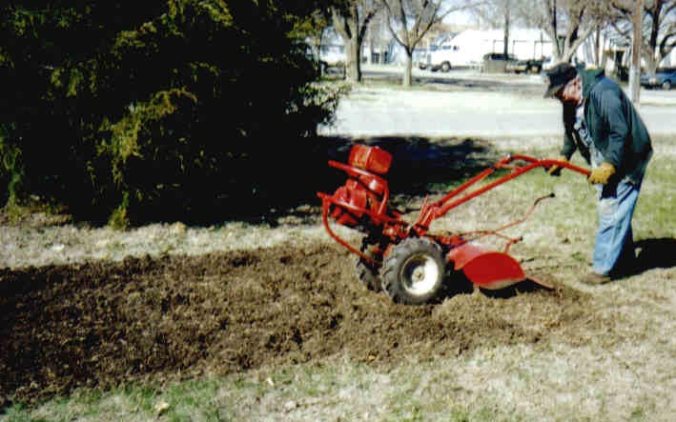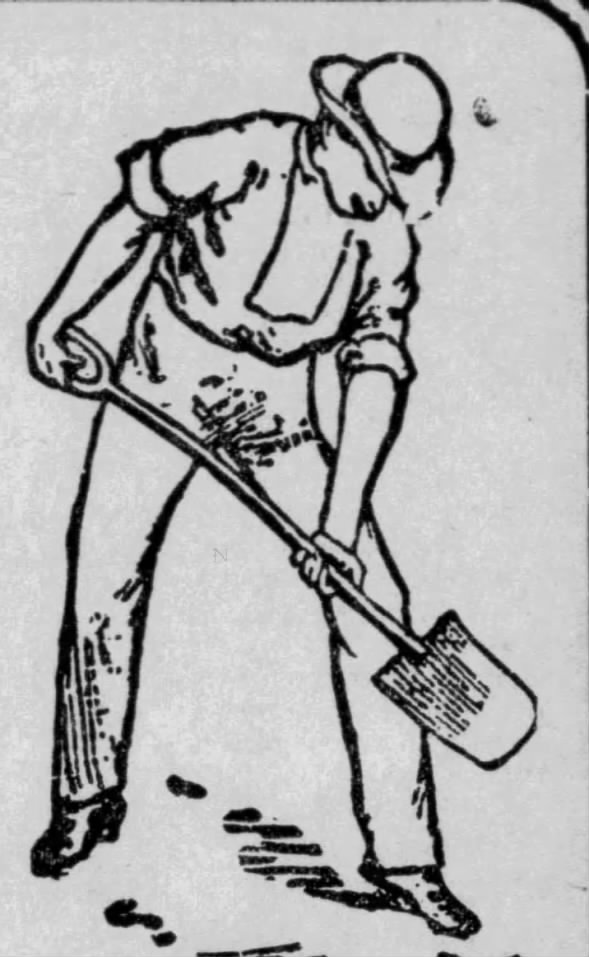In times of stress, it isn’t surprising when people turn to gardening. There’s something soothing about working with the dirt and the plants. In addition, you end up with something edible for your effort. In the 1940s, these were called Victory Gardens and everyone considered it one of their contributions to the war effort. The gardens served to supplement each family’s food supply during a time of food rationing.
 grow vegetables seeds advertisement 1922 Thu, Mar 2, 1922 – Page 4 · The Coffeyville Daily Journal (Coffeyville, Kansas) · Newspapers.com
grow vegetables seeds advertisement 1922 Thu, Mar 2, 1922 – Page 4 · The Coffeyville Daily Journal (Coffeyville, Kansas) · Newspapers.com
During the previous decade, planting a garden was a necessity as businesses closed and banks failed. There were bread lines and families turned out of their homes. The Great Depression of the 1930s put a lot of pressure on families. Growing their own food was a necessity.
I’m not sure what we should call the current surge of interest in gardening. Are these Pandemic Gardens? Maybe Survivor Gardens would be a suitable name. I plan to survive this terrible epidemic and growing my own food is one way to minimize my outings to get food. Each time that I leave my home, I risk exposing myself to a deadly virus.
Since I can’t plant a garden in my yard due to our community restrictions, I’ve resorted to grow-bags in my patio. Acquiring dirt meant a trip to Lowes where we picked up some tomato and pepper plants as well. Even wearing the mask and gloves, it was a relief to get in and out quickly and return home with our planting supplies.
We’d ordered the grow-bags from Amazon and a big batch of various vegetable seeds. I can’t wait to get the lettuce and herbs started. I’m afraid it’s too late for peas which like cooler weather. The tomato plants are blooming already and I’m checking each day to see if the carrots, beets, yellow squash, onions, and potatoes might be sending up sprouts.

There are plenty of reasons to plant vegetables this year. Buying the containers, soil, and plants means every tomato or carrot harvested costs more than the actual food would in a supermarket. It’s worth it to me to reduce any possible exposure to the virus and to protect from possible food shortages. Disruption of the food supply is quite possible if the necessary workers become sick.
Beyond that reason, food that you grow yourself does taste better than some varieties designed for shipping and longer shelf-life. There’s also the psychological benefits of planting a garden. It’s an affirmation that you expect to be around to tend and harvest it as the months progress. My 2020 Victory Garden is my statement that I will survive this pandemic.
There may be a shortage of plants and seeds as more people catch the gardening bug. People who never planted anything before are suddenly inspired with the idea of growing their own food. Have you started your garden yet?
Here’s the link for updates on how my Victory Garden is growing.
























